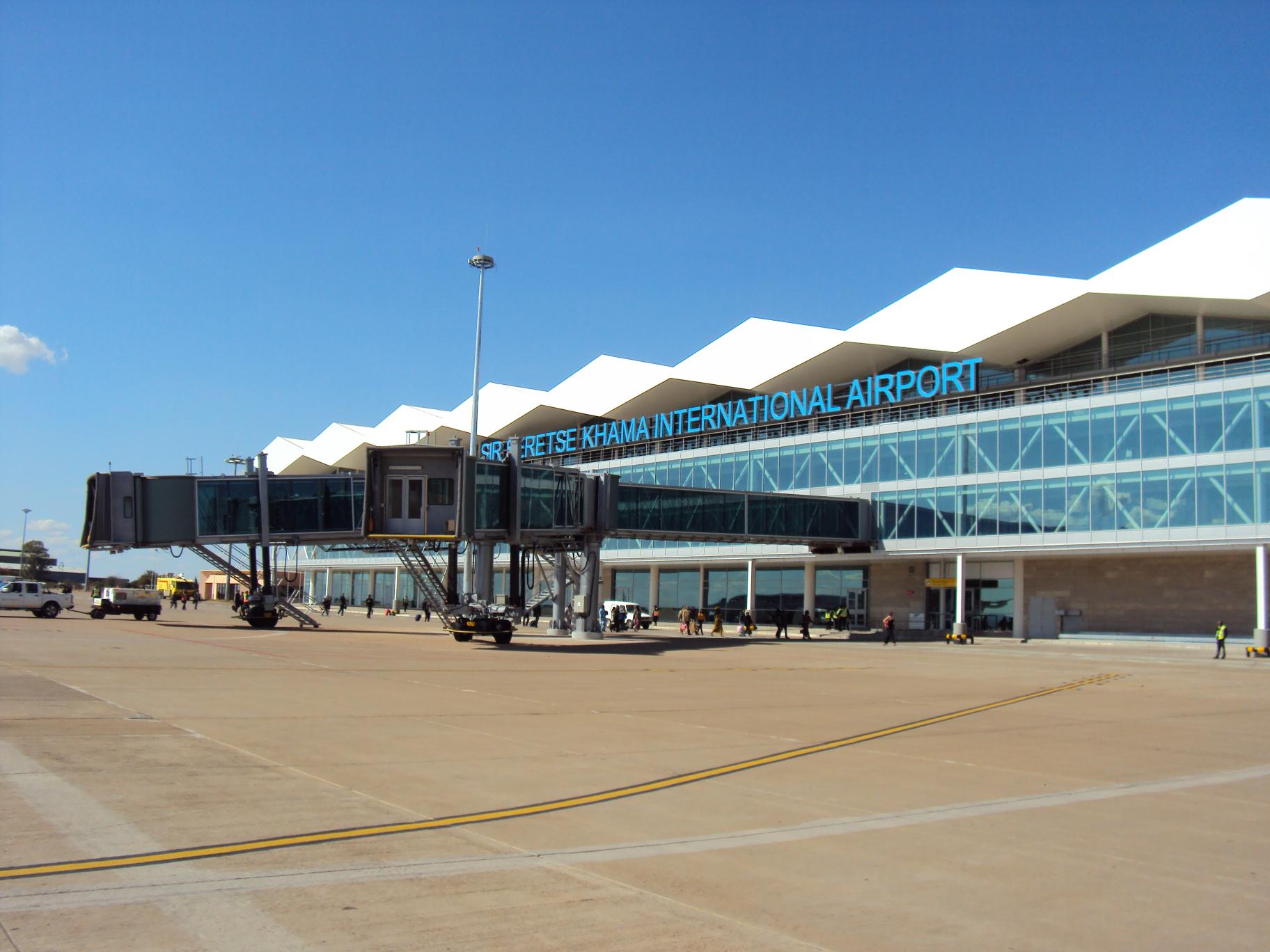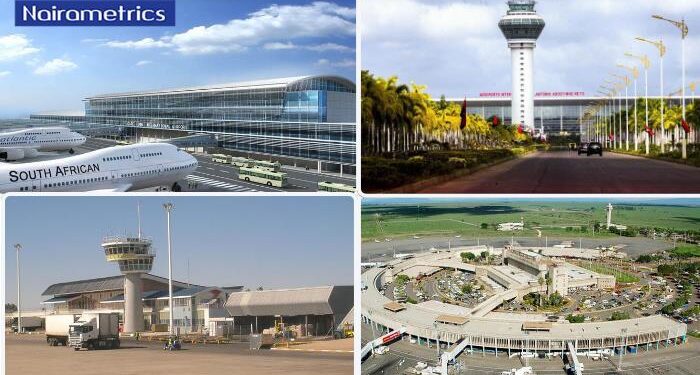Africa’s diverse geography and expanding economies have fostered an extensive network of airports and airfields across the continent.
From major international hubs handling millions of passengers each year to small airstrips connecting remote communities, these facilities play a vital role in transport, tourism, and economic activity.
Airports are defined as facilities with paved runways and regular commercial services, primarily handling passenger flights, cargo transport, and connecting cities or countries.
Airfields, on the other hand, include smaller or unpaved strips used for private, regional, or specialized operations, often accommodating helicopters, charter flights, and logistical or emergency services.
The data for this ranking is sourced from the World Factbook by the Central Intelligence Agency (CIA), specifically the Country Comparisons section on Airports. Totals include all locations recognizable from the air, whether paved or unpaved, and may cover closed or abandoned installations.
Africa’s most populous country, Nigeria, ranks 18th on the continent with approximately 50 airports and airfields. Of these, 23 are operational and managed by the Federal Airports Authority of Nigeria (FAAN), handling over 18 million passengers annually, according to the ICAO State Profile: FAAN 2024. Despite a population of more than 200 million, most Nigerians rely on road transport, and limited income and demand restrict air travel.
The list below presents the ten African countries with the largest number of airports and airfields in 2025, highlighting major international gateways, regional connectivity, and the role of smaller airstrips in linking communities, supporting tourism, and facilitating economic and logistical activity.

Botswana ranks seventh in Africa with 122 airports and airfields, a network shaped by its vast landscapes and thriving tourism sector. Sir Seretse Khama International Airport in Gaborone serves as the main international gateway, handling the bulk of passenger traffic and connecting the country to regional and global destinations.
Beyond this hub, numerous small airstrips link remote communities and safari concessions across the country. Many also support conservation and tourism activities, as well as private charter flights, allowing aircraft to reach areas that are otherwise difficult to access by road.
Together, these facilities provide essential connectivity and support for Botswana’s tourism, conservation, and regional transport needs, making aviation a critical part of the country’s infrastructure and economy.























